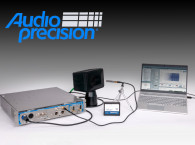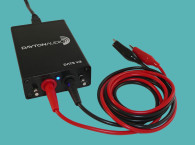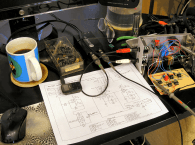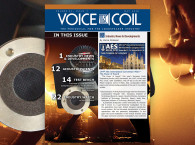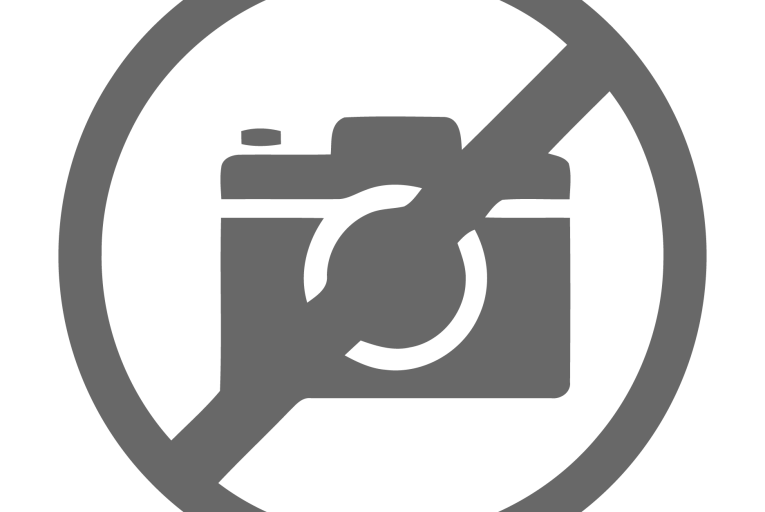
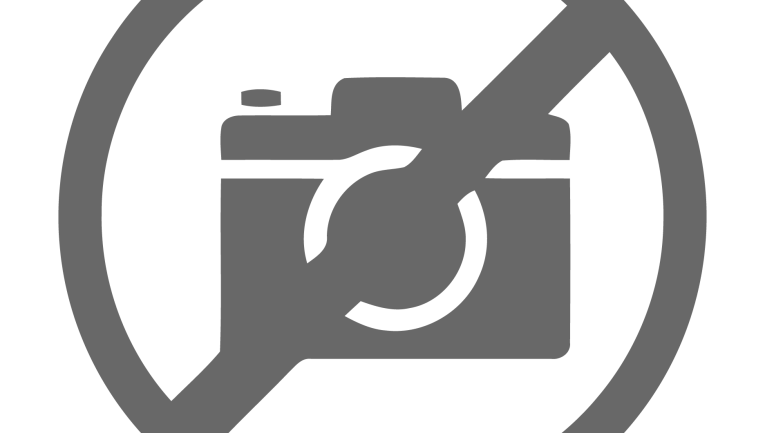
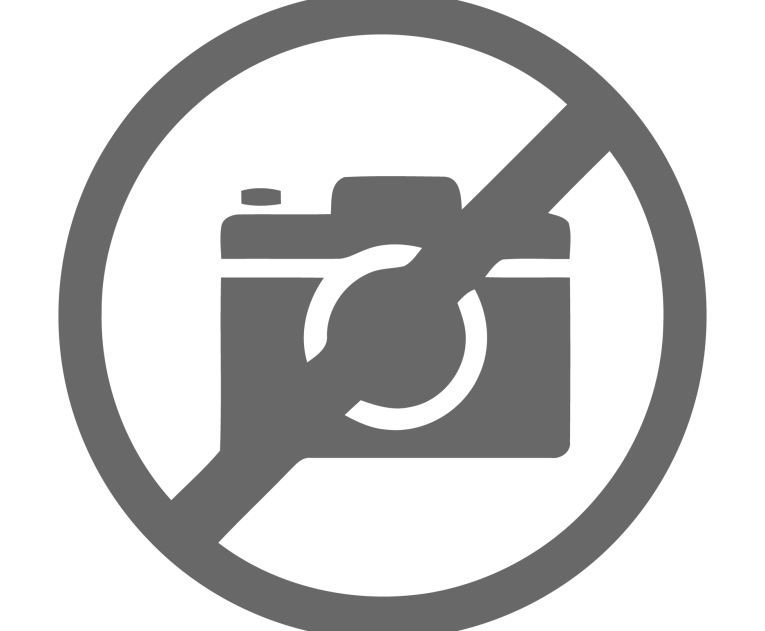
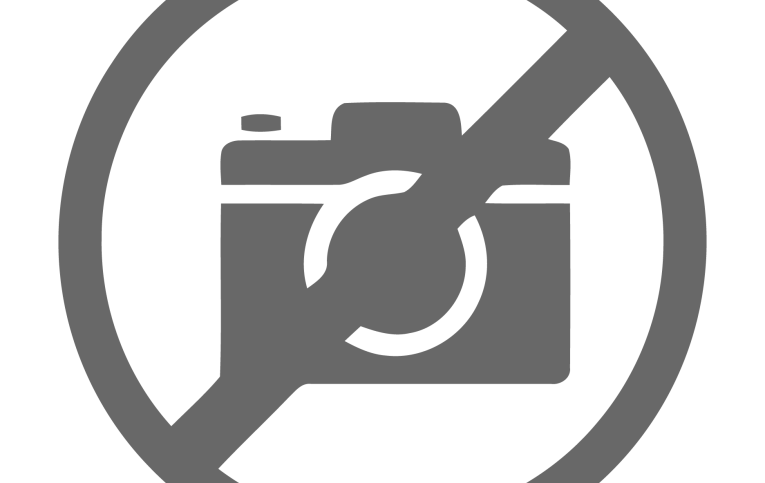
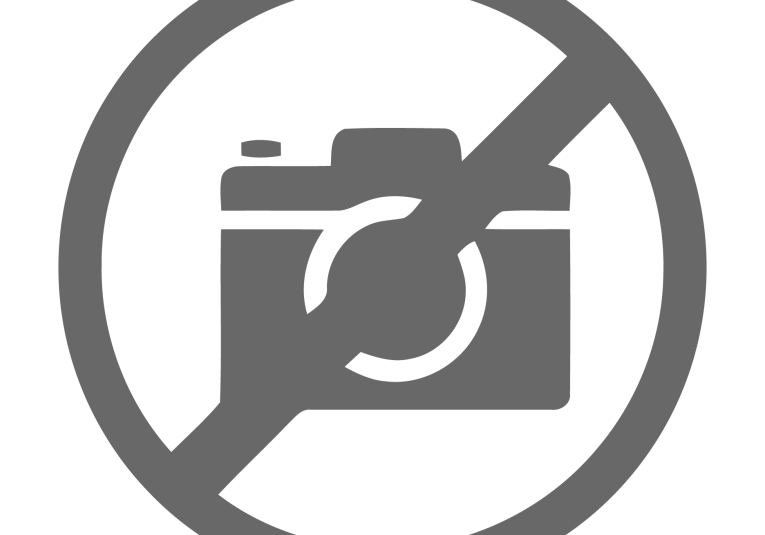
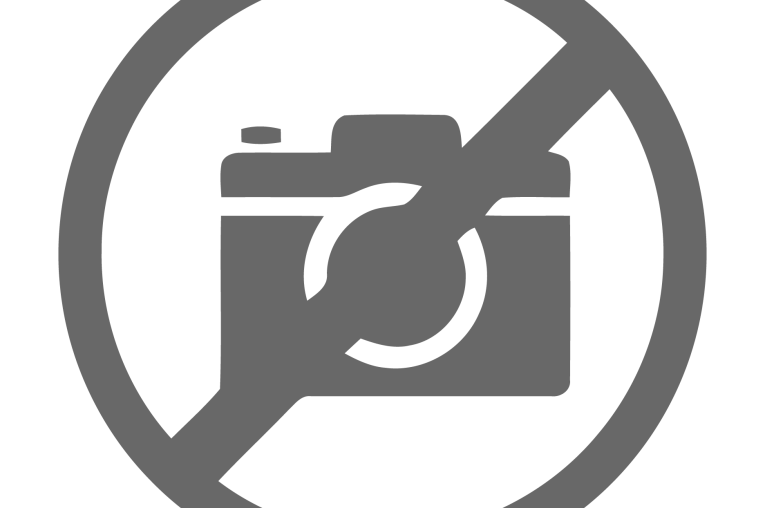
The ARTA software is actually a bundle of three programs: ARTA, which is an FFT-based spectrum analyzer (see Figures 1-6); STEPS (see Figure 7), which as the name implies uses stepped sine wave to perform measurements; and LIMP (see Figure 8) for impedance measurements.
As an FFT analyzer, ARTA can produce impulse response curves as seen in Figure 1, frequency response graphs (see Figure 2), Cumulative Spectra Display (CSD) waterfall plots (see Figure 3), CSDs displayed as sonogram contour plots (see Figure 5), directivity contour plots (see Figure 6), and directivity filled pattern plots (see Figure 7). ARTA also has facilities for performing a variety of room acoustic measurements including energy time curve (ETC), reverberation decay plots, and calculating speech transmission intelligibility (STI).
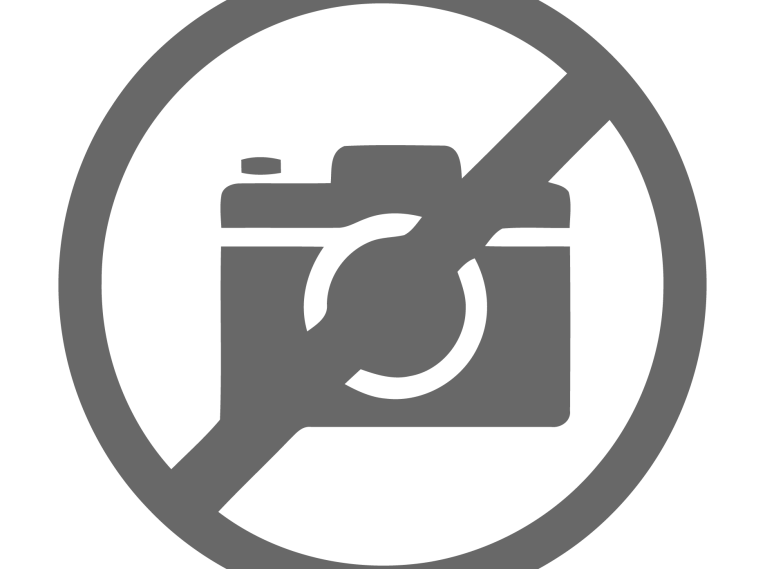
STEPS is a stepped sine wave analyzer that can measurement both frequency response and distortion, as seen in Figure 7. STEPS is useful for both acoustic distortion and response measurements, as well as distortion and response measurements of amplifiers and other hardware. This software can also perform a number of linearity measurements (e.g., Xmax) relative to distortion using a Klippel type laser (see Photo 1).
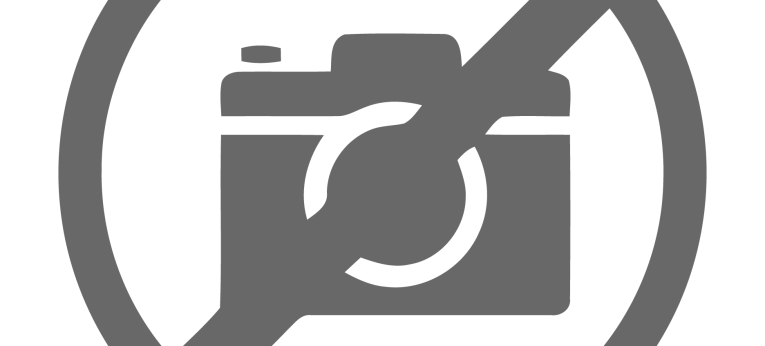
Finally, LIMP is specially designed for impedance measurement (see Figure 8) and generating Thiele-Small parameters. It has two stimulus modes—stepped sine waves and FFT sweeps.
Requirements to use the ARTA software include:
• Operating systems: Windows XP/Vista/Windows 7/Windows 8/Windows 10
• Processor class Pentium, clock frequency 600 MHz or higher
• Memory requirement for Windows XP is 256MB, and for Vista/Windows 7/8/10 is 2 GB
• Full duplex sound card with synchronous clock for AD and DA converters
• WDM Windows sound card driver or ASIO driver (ASIO is trademark and software of Steinberg Media Technologies GmbH)
The ARTA software has been successfully used with
several sound cards including:
• RME Fireface UFX, UC, UCX, BabyFace Pro, Fireface 800, RME Fireface 400, RME HDSP
• M-Audio Audiophile 2496, USB Transit, Mobile USB Pre, Firewire Solo
• Axys D-AudioCard (mixer does not work on Windows 8/10)
• Echo Gina24, Echo Layla 24, Echo Indigo I/O (notebook)
• EMU 1820M, 1616M, 0204USB, 0404USB(*), EMU USB Tracker Pre(*)
• Roland Quad and Duo Capture USB audio interfaces
• Marian Trace Alpha, Terratec EWX 24/96(*)
• Focusrite Scarlett USB series
• Steinberg UR-22Mk2 USB audio interface
• Digigram VxPocket 440 (*) — a notebook PCMCIA card
• TASCAM US122L, US-2x2
• Infrasonic Quartet, Sound Devices USBPre2
• Creative Soundblaster X-Fi (works on all sampling frequencies in sound creation mode)
• ESI Juli, U24 XL, ESI Quatafire 610, EgoSys Waveterminal 24
• Creative Soundblaster Live 24(*) and Extigy-USB(*), Audigy ZS laptop, but only at 48 kHz sampling frequency,
• Turtle Beach Pinnacle and Fuji(*)
• Soundblaster MP3+ USB (notice: don’t install SB driver, use a Windows default driver),
* Sound cards and on-board audio with AC97 codecs,
A partial list of some of ARTA’s registered users include: Samsung Electronics, Phillips, Sony Corp., Siemens, Nokia, LG Electronics, Skype/Microsoft, Analog Devices, Maxim Semiconductors, Conexant Systems, Intel Technology - Poland, L-Acoustics, Beyerdynamic, Quadral, Genelec Oy, Ford Audio-Video, General Electric Global Research, Orban, Bose, Logitech, Visaton, Revox, MBL,QSC Audio Products LLC, and Bang & Olufsen.
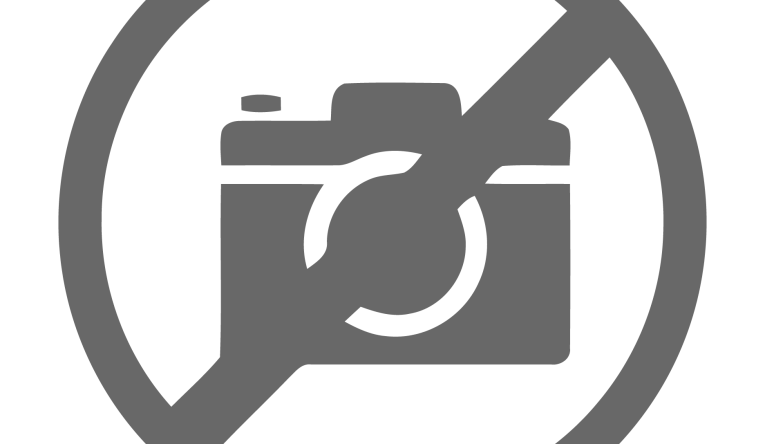
While I have not used ARATALABS software, it is impressive, as is the list of papers written by the program’s author Dr. Ivo Mateljan. Mateljan, born on April, 9, 1953, in Croatia, received his B.S. degree in electrical engineering from University of Split, Croatia, in 1977. He received his M.S. and Ph.D. degrees in technical sciences from University of Zagreb, Croatia, in 1983 and 1993, respectively. In 1995, he held a position and degree of docent at the Faculty of Electrical Engineering, University of Split, Croatia, where he was the Head of the Electroacoustic Laboratory. This achievement was followed by a position as Head of the Electronic Department from 2001-2005. In 2006, Mateljan was appointed as a Professor of Electrical Engineering.
His research interests include acoustics, signal processing and virtual instrumentation. You can find a partial list Mateljan’s technical papers that you can download, along with information on the ARTA software and how to purchase it on the ARTALABS website, www.artalabs.hr. VC






